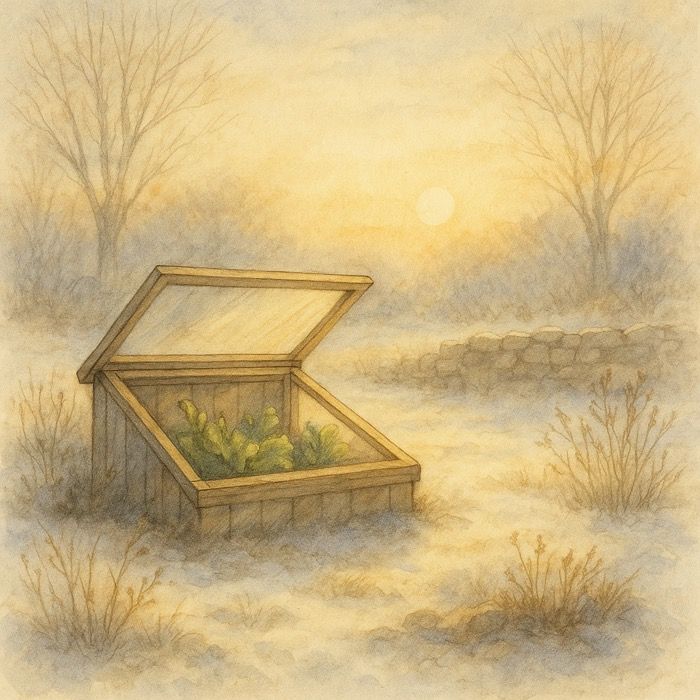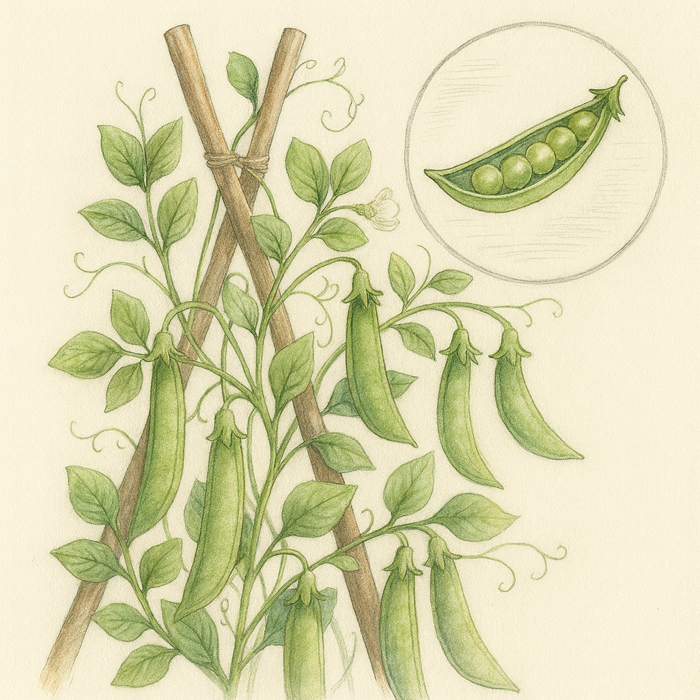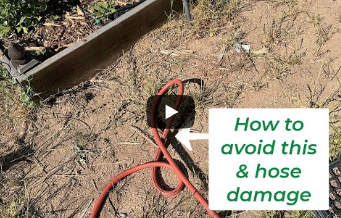Harnessing Winter Sun – Passive Solar Tricks for Your Garden
When the low winter sun skims the horizon and frost laces the soil, most gardeners retreat indoors. But for those who observe nature’s rhythms, winter light becomes a quiet ally. Through passive solar design—rooted in permaculture and old-world ingenuity—you can keep your garden alive, warm, and productive even in the coldest months.
The Power of Passive Solar Design – Gardening with the Sun
Passive solar gardening captures, stores, and redistributes the sun’s heat—no electricity needed. It’s permaculture in action: align beds, materials, and structures with the sun’s winter arc to extend your growing season, shield roots, and fuel soil biology.
Master Gardener Tip: Sketch your site’s winter solstice sun path (Dec 21) using a free app like Sun Seeker. Mark 9 AM, noon, and 3 PM shadows—your blueprint for every placement below.
Think of your garden as a living solar panel. Every choice—from bed orientation to mulch—determines how much warmth you bank for the night.
South-Facing Cold Frames – Your Winter Workhorses
A DIY cold frame facing south (or north in the southern hemisphere) is passive solar at its simplest. The slanted lid (glass, polycarbonate, or old windows) traps heat while venting excess moisture.
Pro trick: Line the base with dark thermal mass—brick pavers, river stones, or repurposed water jugs. These absorb daylight and radiate warmth after sunset, often keeping internal temps 10–20°F above ambient.
Master Gardener Tip: Pair your cold frame with a light-colored fence or DIY white board reflector to bounce extra lumens onto low-angle beds. Harvest spinach in January? Done.
Reflective Mulch and Solar Catchers – Light Where You Need It
Standard mulch moderates soil temp, but reflective mulch (white stones, crushed shells, or mylar strips) redirects winter light to plant canopies. Use sparingly—too much glare stresses tender greens.
In Zone 6–8, this boosts photosynthesis for overwintering kale or potted rosemary. In Zone 5 and below, a simple angled mirror near a hoop house can add 1–2 hours of usable light.
Master Gardener Tip: Tape aluminum foil to cardboard “wings” and stake them north of low beds. Adjust weekly as the sun climbs—think of them as adjustable solar sails.
Thermal Mass Tricks – Storing Daylight for Nighttime Warmth
Thermal mass is your garden’s battery. Materials like stone, water, or cob absorb heat slowly and release it gradually. Integrate them via:
- Dark 55-gallon drums in greenhouses (paint repurposed food-grade barrels black).
- Stone or brick “heat sinks” buried 6″ beneath raised beds.
- Water walls (stacked bottles) inside hoop tunnels.
Master Gardener Tip: One 5-gallon jug of water = ~40 lbs of thermal mass. Freeze-proof it with 1 cup rubbing alcohol per jug and paint the bottom half white to prevent algae.
Designing a Winter-Smart Garden Layout
Start with sun mapping: For one week, mark shadows at 10 AM, noon, and 2 PM. Note wind tunnels and frost pockets. Then:
- Rotate beds 15° toward winter sun path.
- Cluster thermal mass near cold-sensitive perennials.
- Use evergreen windbreaks north of key zones (not shading south faces).
Master Gardener Tip: Plant a “solar hedge” of dwarf evergreens 8–10 ft north of your frames. They block wind and reflect low winter light if you whitewash the trunks.
Even a 10% increase in captured sunlight compounds over 90 frost days.
Closing Thoughts – Let the Light Work for You
The winter sun is weak but persistent. With cold frame design, reflective mulch, and thermal mass greenhouses, your permaculture garden becomes a self-heating system—sustaining microbes, roots, and your own connection to the land.
Try one trick this week. Build a mini cold frame from scrap windows and share your harvest pics in the comments. Tag #CelticFarmWinter for a feature.
More From Our Master Gardener
Recent Posts

Harnessing Winter Sun – Passive Solar Tricks for Your Garden

How to Grow Spinach – The Ultimate Beginner’s Guide for Tender, Nutritious Leaves

How to Grow Peas: The Ultimate Beginner’s Guide for Sweet, Crisp Harvests

How to Propagate and Dig Up Calla Lilies – A Step-by-Step Guide

Turn Fall Leaves into Garden Gold 🍂 | The Simple Trick Every Gardener Should Know














